A High-Speed Injection Molding Machine is used for manufacturing thin walled products. Their operation is based on the same principle as an injection molding machine, but their performance is much higher. A larger clamping unit or robot may be required compared to a standard machine due to the higher forces and movements involved.
The high-speed capabilities of these machines make them suitable for the rapid production of packaging crates and other packaging parts, disposable tableware, medical containers and bottles, thin-walled automotive components such as bumpers or plastic dashboards and outer capsules of electronic equipment.
Definition of High-Speed Injection Molding Machine
A high-speed injection molding machine is a modernized injection molding machine, which is specialized for high-speed or high-intensive plastic part production. High-performance injection molding machines are designed to help you achieve maximum productivity and lowest unit cost at each and every stage in your injection molding production, ultimately delivering the most perfect part with the best technological solutions.
Simply put, a high speed plastic injection molding machine is comprised of speed, precision, and energy efficiency – all wrapped in one.
Key Characteristics of a High-Speed Injection Molding Machine
The High-Speed Injection Molding Machine is designed using state-of-the-art technology which delivers ultra-fast production, extremely precise control and consistent part quality. This sets the High-Speed Injection Molding Machine apart from any other injection molding machines, making it a preferred choice for industries such as packaging, automotive and medical device manufacturing.
1. Ultra-High Injection Speed
What sets apart a high-speed injection molding machine is its capability to inject molten plastic into the mold cavity at a very high speed, typically between 300mm/s and 600mm/s.
In high-speed plastic injection molding machines used for producing thin-walled packaging items, such as containers, the high speed guarantees a uniform wall thickness and excellent clarity of the food-grade packaging material. The machine’s special designed high-speed servo valves in combination with an engineered screw design allow accurate control over pressure and injection time.
2. Short cycle time
Cycle time is the amount of time it takes to complete one cycle of a process, including any delays or downtime between cycles. In Plastic Injection Molding, high-speed machines can have a cycle time of 2-6 seconds, which in turn increases product output.
3. High Precision and Repeatability
Precision is the key element of an Injection Molding Machine, and high-speed models intensify it. These machines are incorporated with servo-hydraulic or all-electric drive systems providing a highly accurate control over injection pressure, speed and mold clamping force.
This precision will make every plastic part the same as the other one whether it is the first or the millionth. Such consistency is critical for industries like medical device manufacturing and automotive components, where even a minor deviation can lead to product failure or rejection.
4. Advanced Energy Efficiency
In the past, injection molding machines were often criticized for their high power consumption. Modern high-speed injection molding machines, however, feature servo-driven motors, energy recovery systems and optimized hydraulic circuits that reduce power usage by up to 60%.
5. Strong, Rigid and Durable Construction
Machines in operation are subject to great mechanical stress on their components. This is the reason why high-speed injection molding machines are constructed with a stable, torsion-resistant steel frame, hard chrome plated platen, and high-tensile strength tie bars.
Challenges in High-Speed Injection Molding
While High-Speed Injection Molding Machines offer impressive advantages in productivity and precision, they bring specific challenges that the manufacturers need to control well. Catching them all will help secure production going smoothly, machine life as long as possible and part quality better.
1. Higher initial investment cost
One of the first hurdles to overcome when acquiring a high-speed plastic injection molding machine is the fact that it will require a greater upfront investment. High-speed models are built with servo motors, precision components and reinforced clamping units – and this boosts the overall cost over that of conventional Injection Molding Machines.
2. Difficulty in Machine Maintenance
Since a High-Speed Injection Molding Machine works at high speeds and pressures, its components have to bear higher mechanical stress. Thus, regular maintenance is the basic requirement to prevent excessive wear.
Main components like screws, barrels, servo systems, and hydraulic seals etc. should be checked regularly. If delayed, decreased efficiency, lower molding quality or unanticipated downtime can result.
3. Skilled Operator Requirement
Running a high-speed plastic injection molding machine requires more expertise compared to standard machines. Operators need to understand advanced control systems, servo settings, and injection parameters like speed, pressure, and temperature.

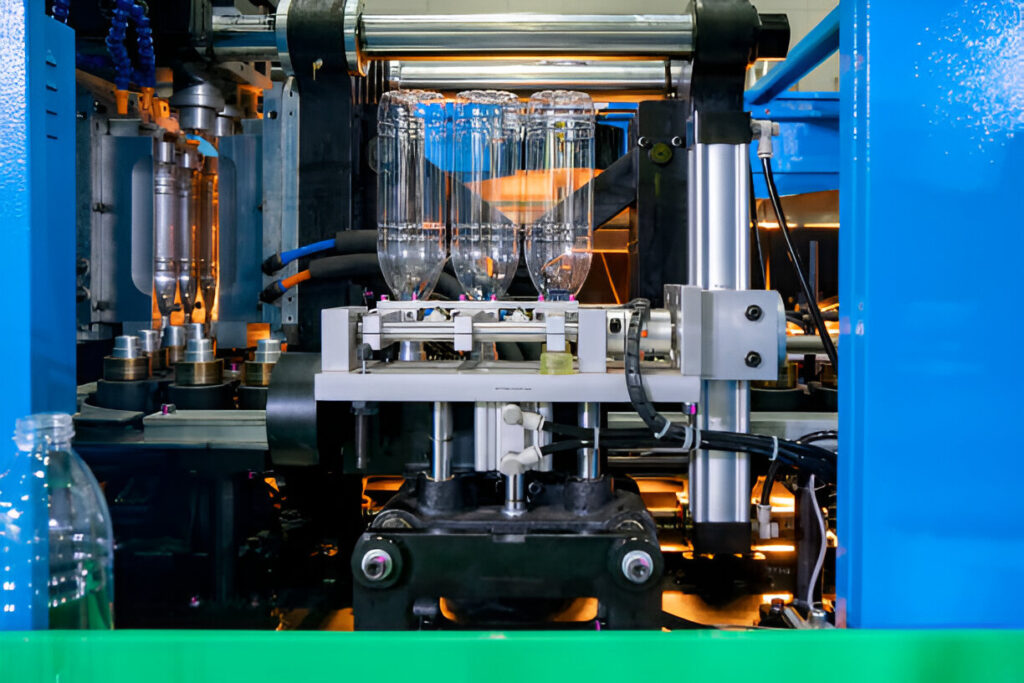
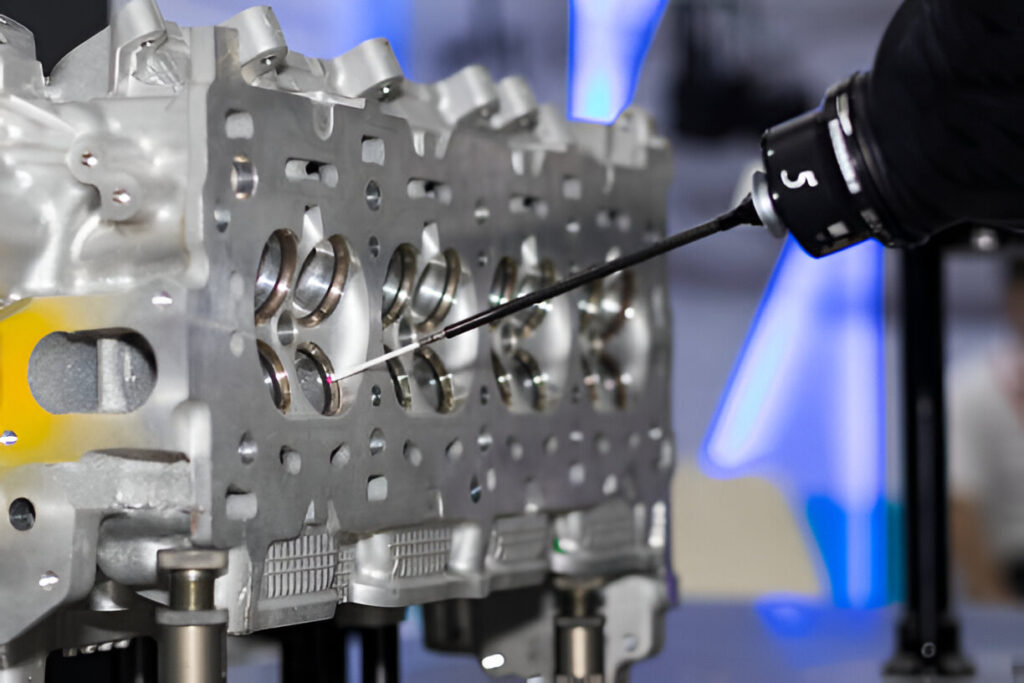
Future of High-Speed Injection Molding Technology
The future looks promising for High-Speed Injection Molding Machine with continuous development in automation, robotization and artificial intelligence.
Upcoming trends include:
- Smart Monitoring Systems: The ability to obtain and analyses large sets of data in real time can help optimize processes, improve productivity and boost yields.
- Predictive Maintenance: AI based systems to minimize downtime.
- Eco-Friendly Designs: Machines having lesser energy consumption and recyclable material.
- Customization: Machine designs that are modular in nature and specific to certain industries such as medical or packaging.
Conclusion
The High-Speed Injection Molding Machine has revolutionized the manufacturing industries with its efficiency, high precision & speed, promising the highest quality manufactured thin walled containers or long-neck preforms.
It is the leading technology in Thin Wall & Packaging Industries as it guarantees the product being manufactured to be of utmost quality performance with the best surface finish and molded ancillary equipment possible along with lower processing cost by utilizing energy efficient machinery.

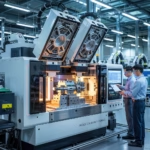
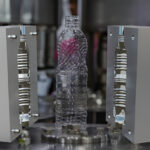
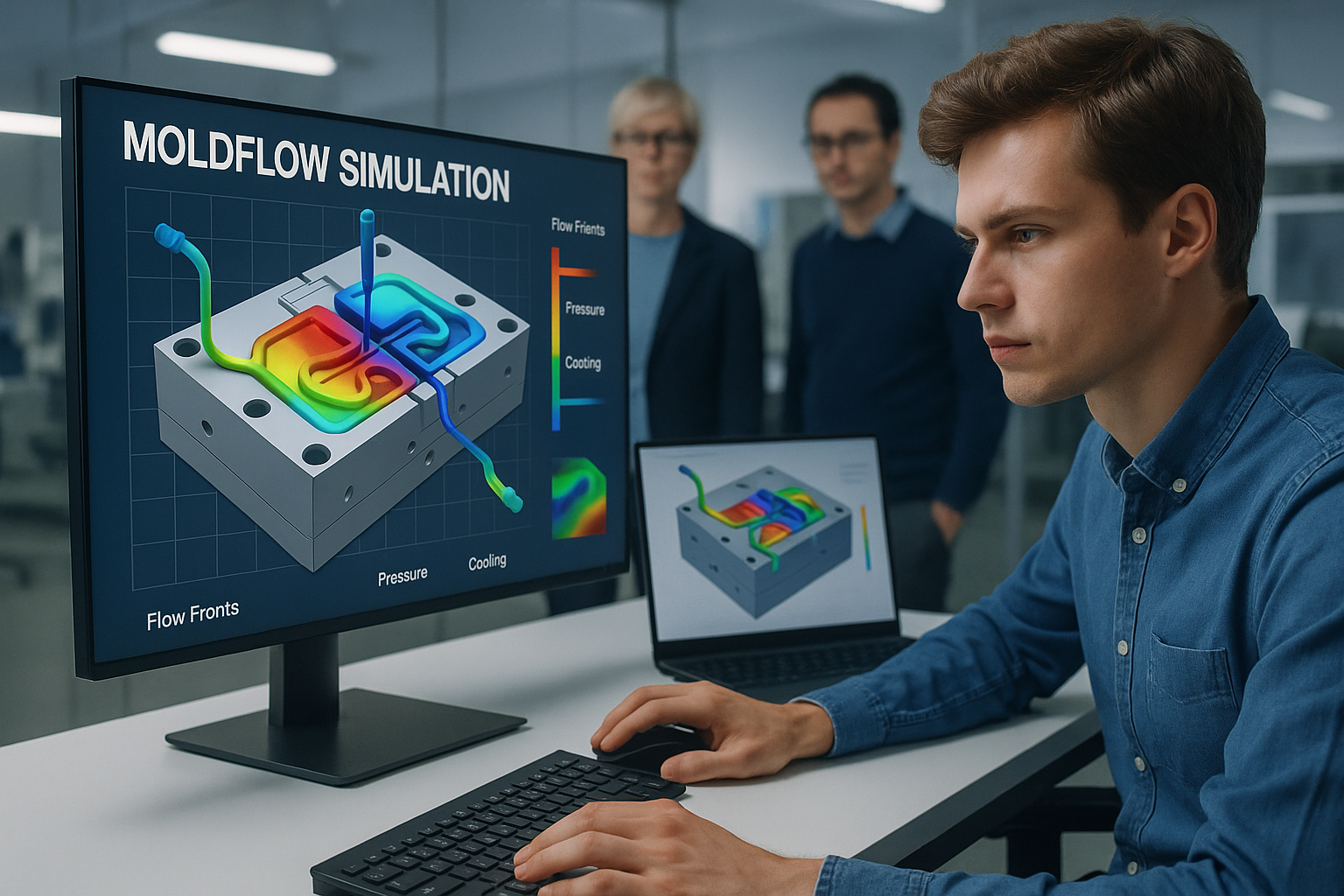
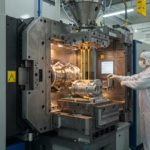
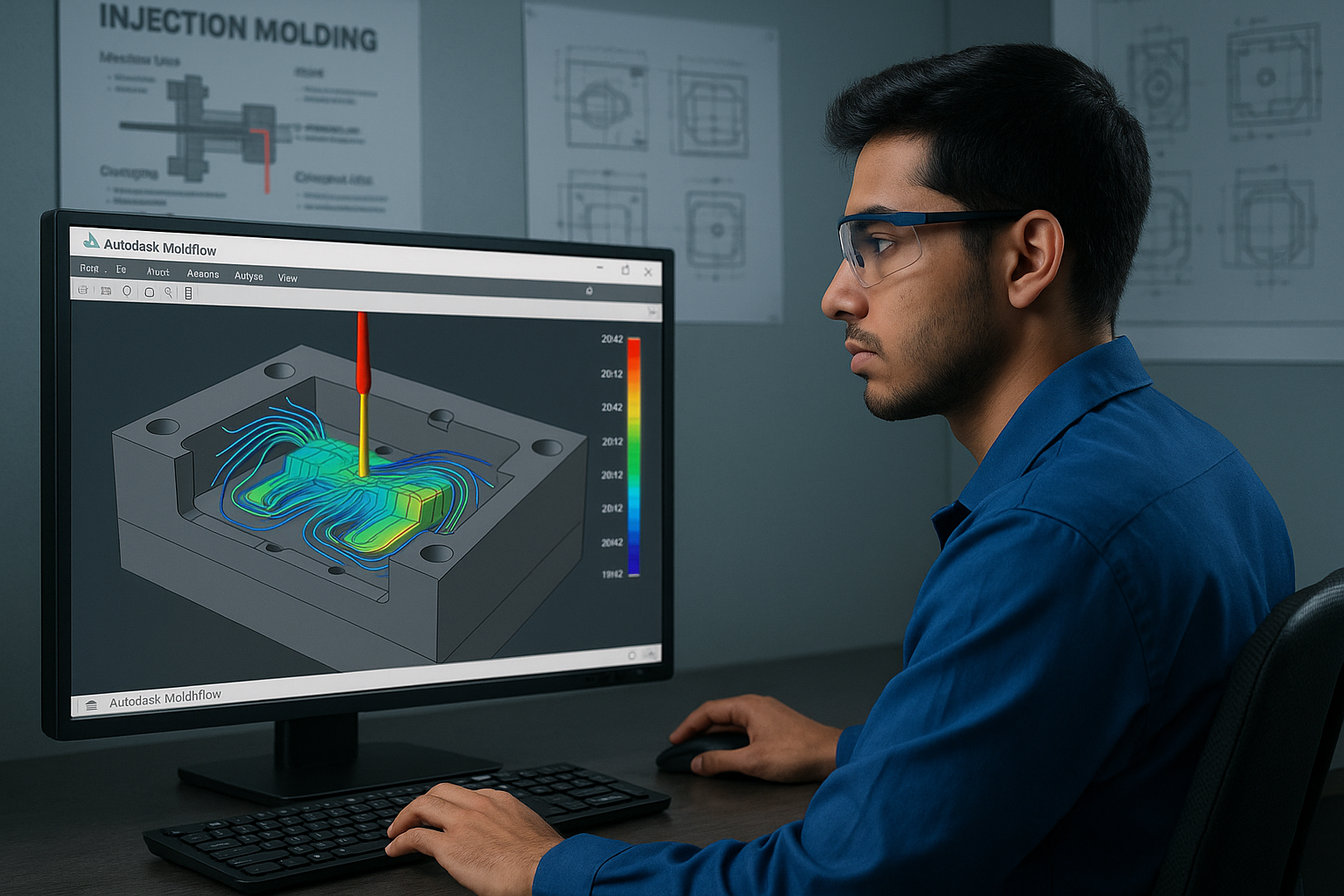
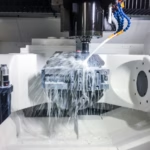
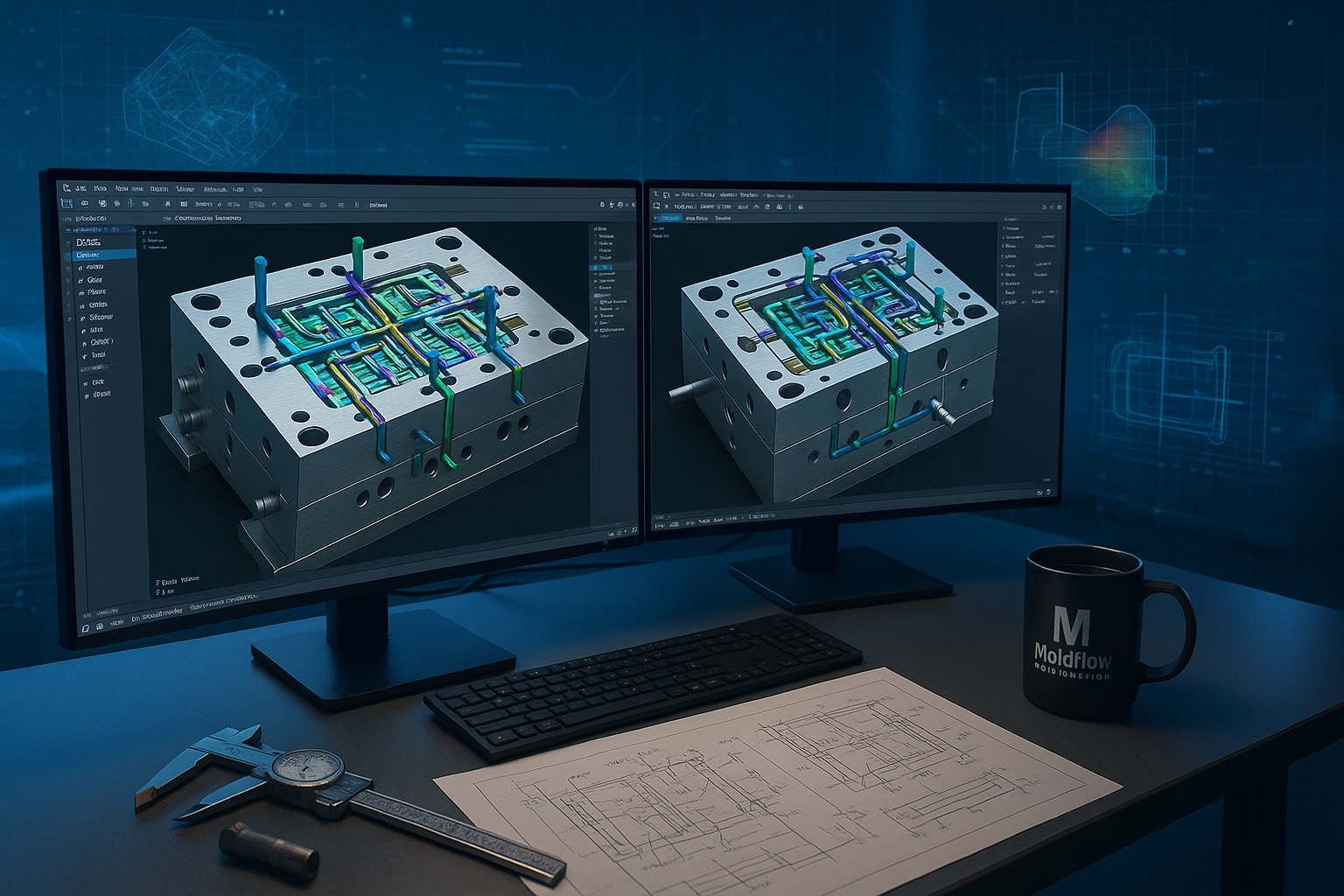
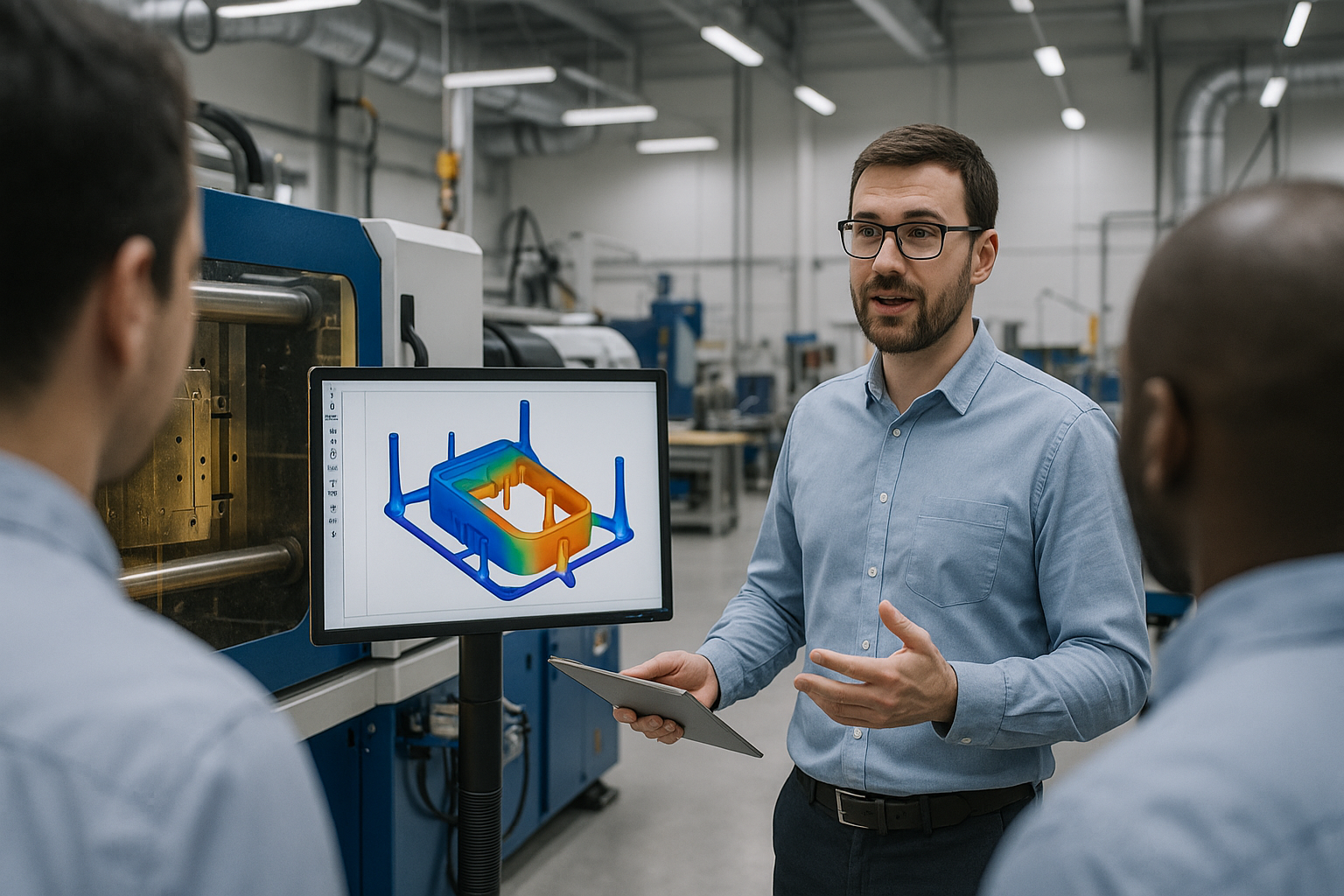
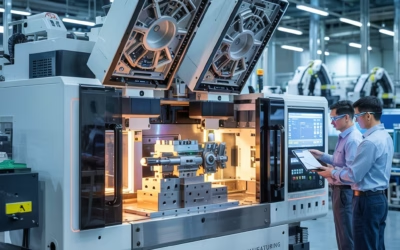
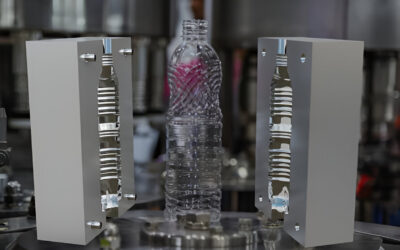
0 Comments